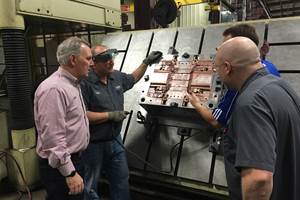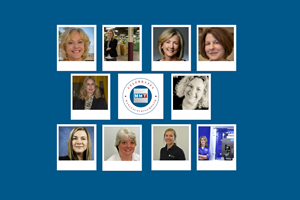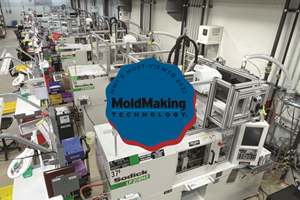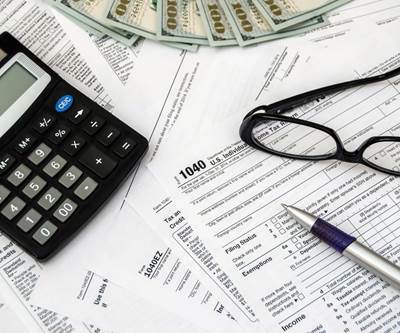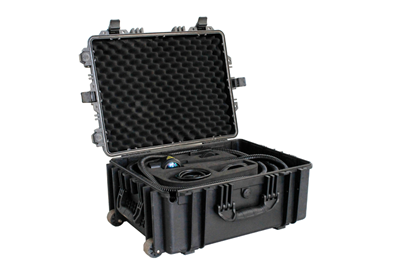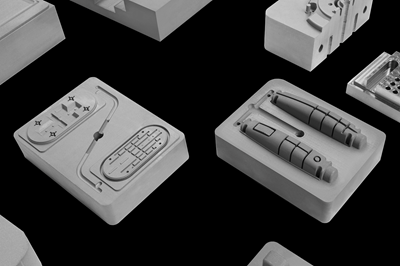The Bottom Line: New Lease Standards Impact Mold Builders
From equipment to warehousing to manufacturing space, leases often present an economically viable opportunity to maintain or expand operations through the use of additional resources that may not be possible through direct financing or purchasing.
Leasing is commonplace for mold builders. From equipment to warehousing to manufacturing space, leases often present an economically viable opportunity to maintain or expand operations through the use of additional resources that may not be possible through direct financing or purchasing. It is likely that your company is currently leasing or considering a leasing arrangement, and you may be surprised to learn of the impact that can have on your financial statements and balance sheet.
For years, the Financial Accounting Standards Board (FASB) has been deliberating to finalize new lease-related financial accounting standards. Earlier this year, the FASB issued its Topic 842 standard, which requires that all leases with terms longer than 12 months be recognized on the balance sheet as lease liabilities with a corresponding right-of-use (ROU) leased asset. That is, companies will record the value of their ability to use the leased asset, along with a corresponding liability associated with the cost of the lease.
The core principle of the new lease standards is that all leases create an asset and a liability for the lessee (tenant) in accordance with FASB Concepts Statement No. 6, Elements of Financial Statements. Recording those lease assets and lease liabilities on the company’s balance sheet is a major change from previous generally accepted accounting principles (GAAP) that did not have that requirement. Disclosures in the footnotes to the financial statements were generally deemed sufficient.
Under the new lease standards, today’s capital leases (financing arrangements or installment agreements to purchase new assets) will be classified as finance leases, and current and future operating leases will be classified as operating leases. Regardless of classification, all leases will be reported on the balance sheet as a right-of-use asset and corresponding liability. That may include your current facility’s lease and all equipment leases.
A finance lease transfers all risks and rewards of ownership of the asset to the lessee. Basically, this means that the lessee is in a broadly similar position as if he or she purchased the asset. An operating lease, however, does not transfer risks and rewards of ownership to the lessee. Generally, operating leases run for less than the full economic life of the asset (length of time the asset is expected to last before replacement), and the lessor (landlord) would expect to have a resale value at the end of the lease period and likely a return of the asset to the lessor.
For a financing lease, the expense will be separated into the amortization of the right-of-use asset and interest on the right-of-use liability, which is the resulting interest payments associated with the lease obligation payments. For an operating lease, a single lease cost, including both the amortized amount of the right-of-use asset and the interest, must be calculated and recorded, so that the cost of the lease is allocated over the lease term on a straight-line basis (equal amounts over the life of the lease).
Disclosures, both qualitative and quantitative, are required by both lessees and lessors to assess the amount, timing and uncertainty of cash flows resulting from leases. Quantitative disclosures compute and reconcile the lease amounts, and qualitative disclosures explain the lease obligations. The FASB’s intention here is to require enough information to supplement the amounts recorded in the financial statements so the lessor’s leasing activities can be better understood. The new lease standards are effective for public companies in calendar year 2019 and for others in calendar year 2020.
Lessees and lessors must use a modified retrospective approach to recognize and measure leases at the beginning of the earliest period. That is, companies must evaluate prior years’ lease agreements and related financial statement disclosures to reconcile the prior treatment to the new lease accounting standards. This includes identifying and classifying leases and initial direct costs for leases, and using hindsight to evaluate lessee options for the extension or termination of a lease or purchase of the underlying asset.
These measures will continue to account for leases that commence before the effective date in accordance with previous GAAP unless the lease is modified. However, lessees are required to recognize a right-of-use asset and a lease liability for all operating leases at each reporting date, based on the present value of the remaining minimum rental payments that were tracked and disclosed under previous GAAP.
While shops have time to prepare, they should not wait too long. Start the evaluation today with your accountant and banker, as balance sheets, income statements, loan covenants and other issues of credit could be significantly affected.
Related Content
Transforming Moldmaking into Digital Industrial Manufacturing
Moldmaking and digitalization is at the core of this global industrial manufacturing company’s consolidation and diversification plan.
Read MoreOEE Monitoring System Addresses Root Cause of Machine Downtime
Unique sensor and patent-pending algorithm of the Amper machine analytics system measures current draw to quickly and inexpensively inform manufacturers which machines are down and why.
Read MoreWomen Impacting Moldmaking
Honoring female makers, innovators and leaders who are influencing our industry's future.
Read MoreMold Builder Uses Counter-Intuitive Approach for Mold Challenges
Matrix Tool Inc. answers customers’ hard questions with creative solutions for cavity spacing, tool sizing, runner layout and melt delivery that reveal the benefits of running in a smaller press size at lower cavitation but higher yield.
Read MoreRead Next
The Bottom Line: Correcting Errors on Income Tax Returns
Any company can make mistakes when filling out a tax return, but sometimes those mistakes can work in your favor.
Read MoreReasons to Use Fiber Lasers for Mold Cleaning
Fiber lasers offer a simplicity, speed, control and portability, minimizing mold cleaning risks.
Read MoreAre You a Moldmaker Considering 3D Printing? Consider the 3D Printing Workshop at NPE2024
Presentations will cover 3D printing for mold tooling, material innovation, product development, bridge production and full-scale, high-volume additive manufacturing.
Read More.jpg;maxWidth=970;quality=90)

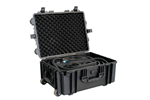

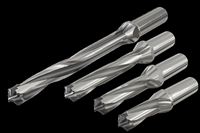
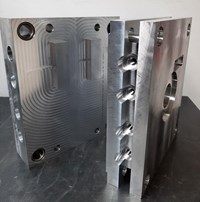

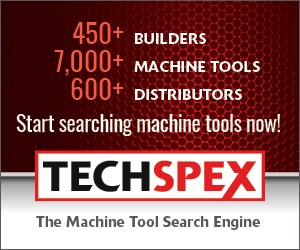

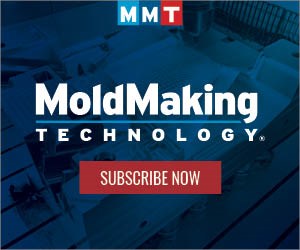
.jpg;maxWidth=300;quality=90)



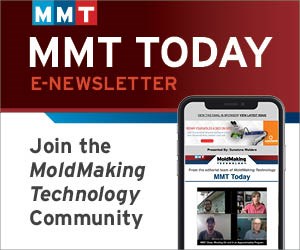
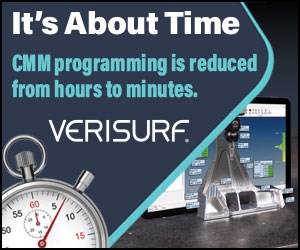

.png;maxWidth=300;quality=90)


